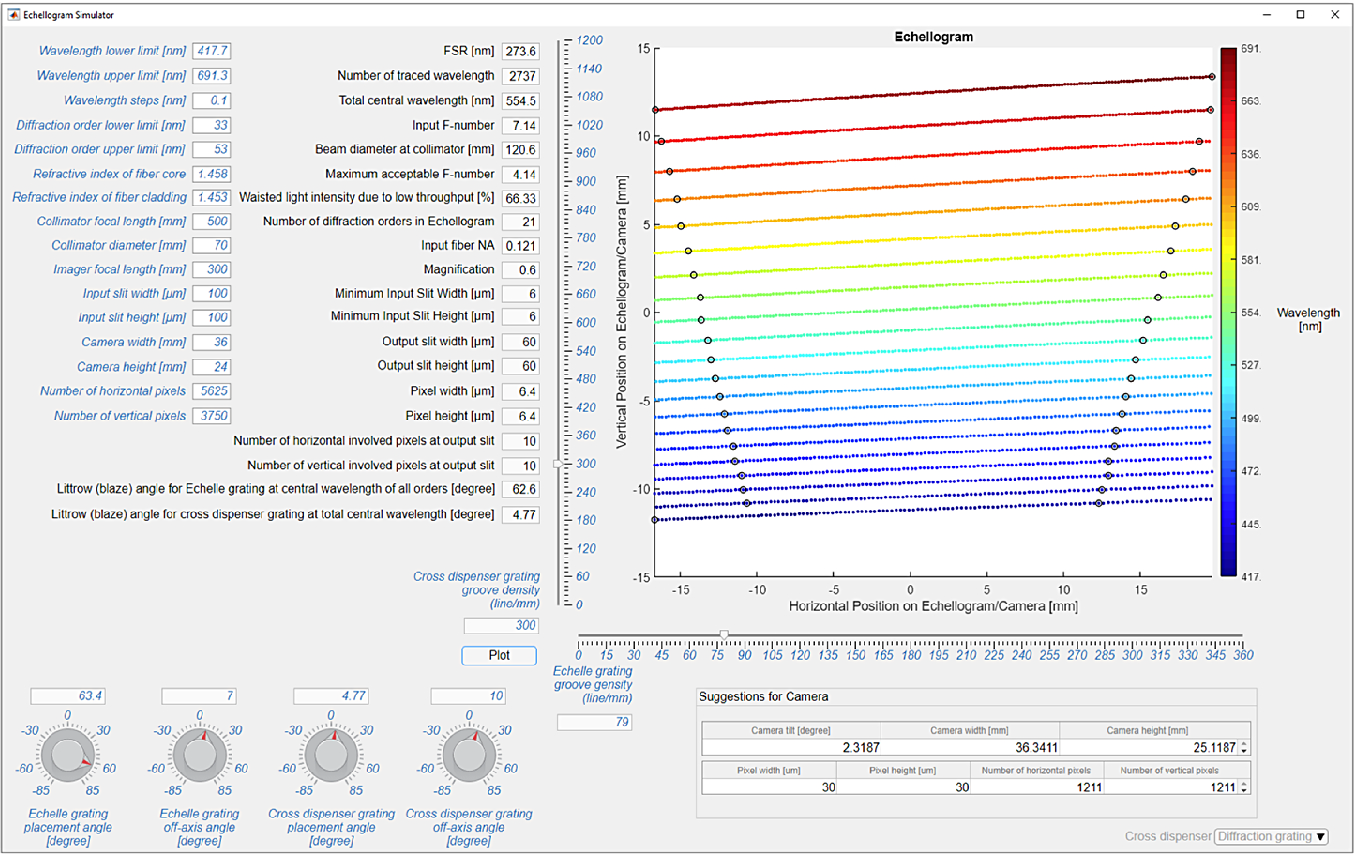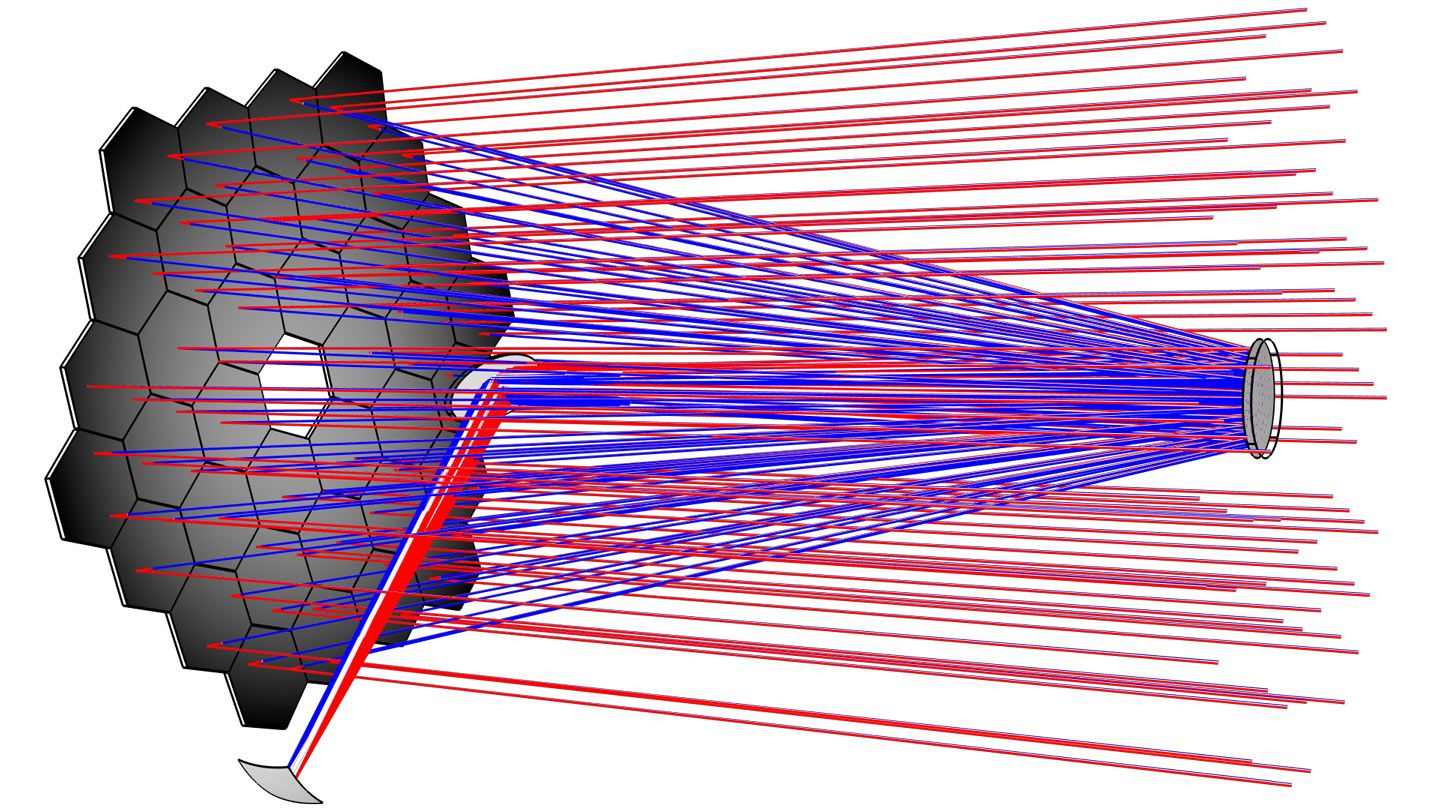

#Zemax file for ir echelle spectrograph software
2, 3 In these cases, the Zemax outputs were used as inputs to software written in a scientific programming package (i.e. Other groups have presented details on generating synthetic spectra, where Zemax was used to provide order position details, 1 or to sample the point spread function (PSF) over the spectral format. Resolution elements of the five KPF “orderlets” within each echelle order. Reference 4 within these proceedings provides more details on the instrument. The resulting five resolution elements on the detector, which form the basis of the five “orderlets” within each echelle order, are shown in Figure 1. An image reformatter will rearrange the science fiber output into three slices at the spectrometer slit location, whereas the shape of the calibration and sky fiber outputs will be presented unchanged at the slit. The KPF spectrometer will have three fiber inputs, providing science, sky, and simultaneous calibration sources. The instrument will be used to characterize exoplanets via Doppler spectroscopy with a single measurement precision of 0.5 m s –1 or better, covering a wavelength range of 440 nm to 850 nm over green and red channels.

KPF is a fiber-fed, high-resolution, high-stability spectrometer in development at the Space Sciences Laboratory (SSL) of the University of California, Berkeley, for the W.M. Future analyses to be performed on the generated spectra are also described. Various aspects concerning the construction of the spectrum are described, including: converting a model from sequential to non-sequential Zemax, the generation of spectrum source files (incandescent, Thorium-Argon, laser frequency comb, Fabry-Perot, and solar), as well as the creation of Zemax coating files. This paper will describe a method using non-sequential Zemax to produce a pixelated synthetic spectrum for the Keck Planet Finder (KPF) instrument. It provides an image of the expected instrument output (useful for reviews and reports), allows for the development of the instrument data analysis pipeline, and can be utilized for engineering performance analyses. A synthetic spectrum is an extremely useful tool to have available during spectrometer development.


 0 kommentar(er)
0 kommentar(er)
